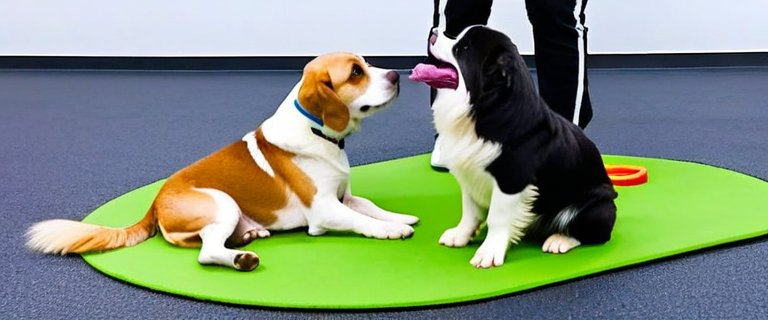Basic Obedience For Young Pets: Building A Strong Behavioral Foundation
Welcome to Pet Training, your go-to resource for all things related to raising well-behaved, happy pets. Today, we’re diving into the essentials of basic obedience for young pets – the cornerstone of a lifetime of good behavior.
Training a young pet is much like building a house – you need a strong foundation to support everything that comes after. At Pet Training, we’ve helped thousands of pet owners establish this crucial foundation through our proven methods.

Why Start Early?
The first year of your pet’s life is the golden window for training. Their brains are like sponges, ready to absorb all the lessons you teach them. I remember when I first trained my golden retriever Max at 12 weeks old – his ability to learn basic commands amazed me!
Here are the core commands every young pet should learn:
- Sit
- Stay
- Come
- Leave it
- Down

Positive Reinforcement: The Pet Training Way
At Pet Training, we swear by positive reinforcement methods. This means rewarding good behavior rather than punishing bad behavior. Studies show this approach leads to:
- Faster learning
- Stronger bond between pet and owner
- Long-term behavioral success
Remember, treats should be small and healthy – we don’t want to overfeed our furry students!

Consistency is Key
One of the most common mistakes new pet owners make is inconsistency. If you allow your puppy on the couch sometimes but not others, you’re sending mixed signals. At Pet Training, we recommend:
- Keeping training sessions short (5-10 minutes)
- Practicing multiple times daily
- Using the same commands consistently
- Getting all family members on the same page
Troubleshooting Common Issues
Even with the best training, young pets will test boundaries. Here are some common challenges and how to handle them:
Chewing: Provide plenty of appropriate chew toys and redirect when they choose furniture instead.
Jumping: Turn away and ignore until all four paws are on the ground, then reward.
Barking: Teach the ‘quiet’ command by rewarding moments of silence.

Building on the Basics
Once your pet has mastered these fundamental commands, you can build more advanced skills. Many of our Pet Training graduates go on to learn tricks, agility, or even therapy work!
Remember, training isn’t just about obedience – it’s about communication. The better you can communicate with your pet, the stronger your bond will be.
Key Takeaways:
- Start training early for best results
- Use positive reinforcement methods
- Be consistent with commands and rules
- Keep sessions short and fun
- Build on basic commands as your pet progresses
For more expert advice on basic obedience for young pets, explore our other resources at Pet Training. We’re here to help you and your furry friend every step of the way!



































